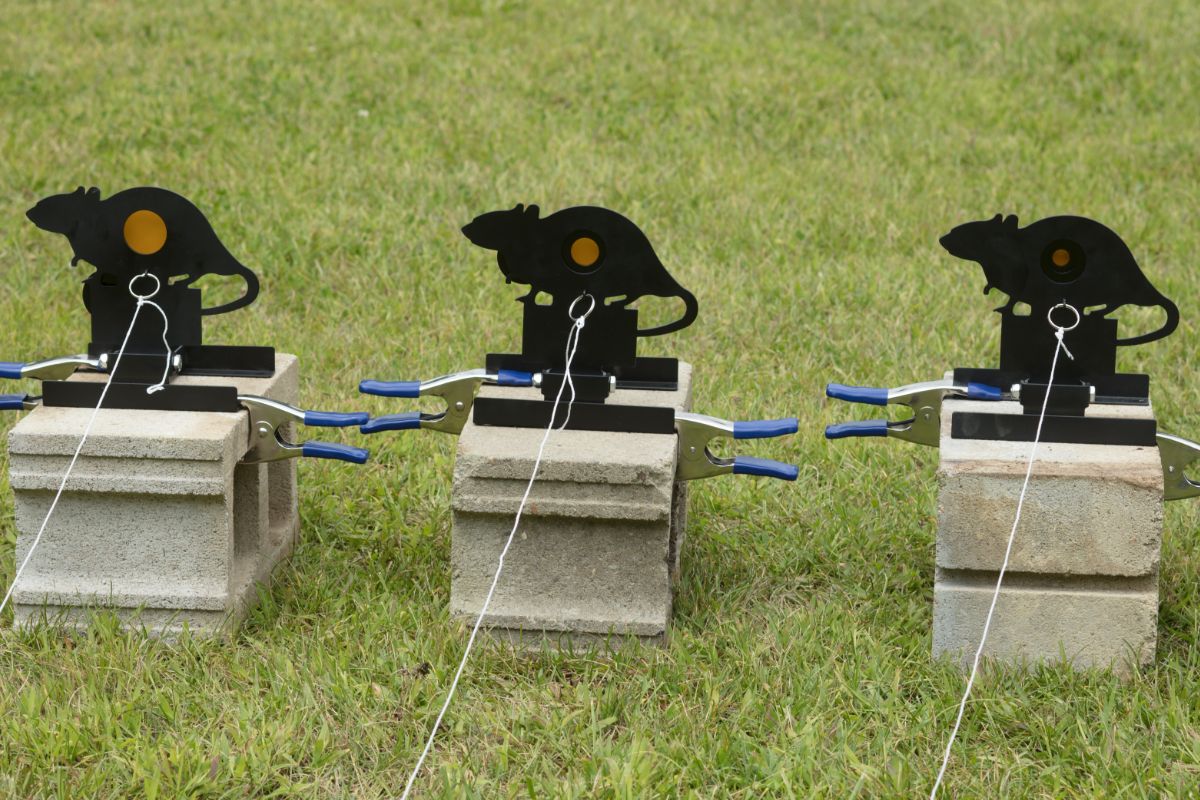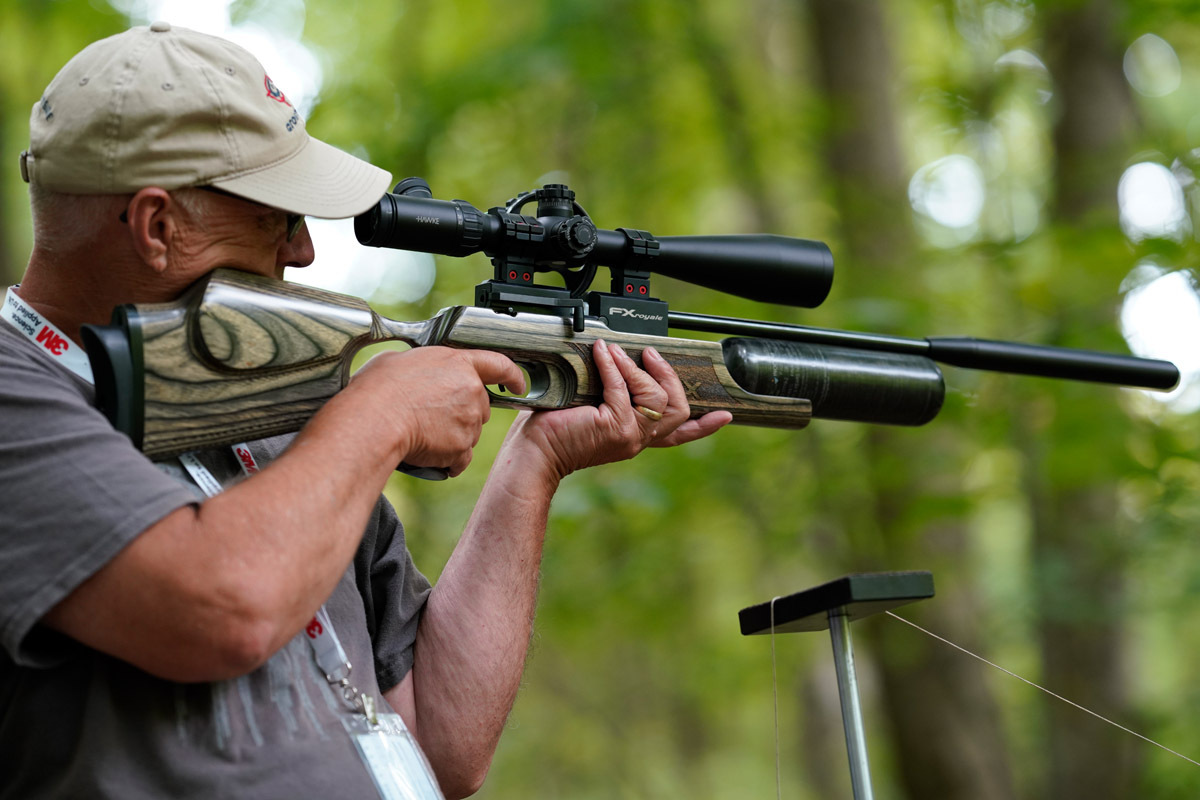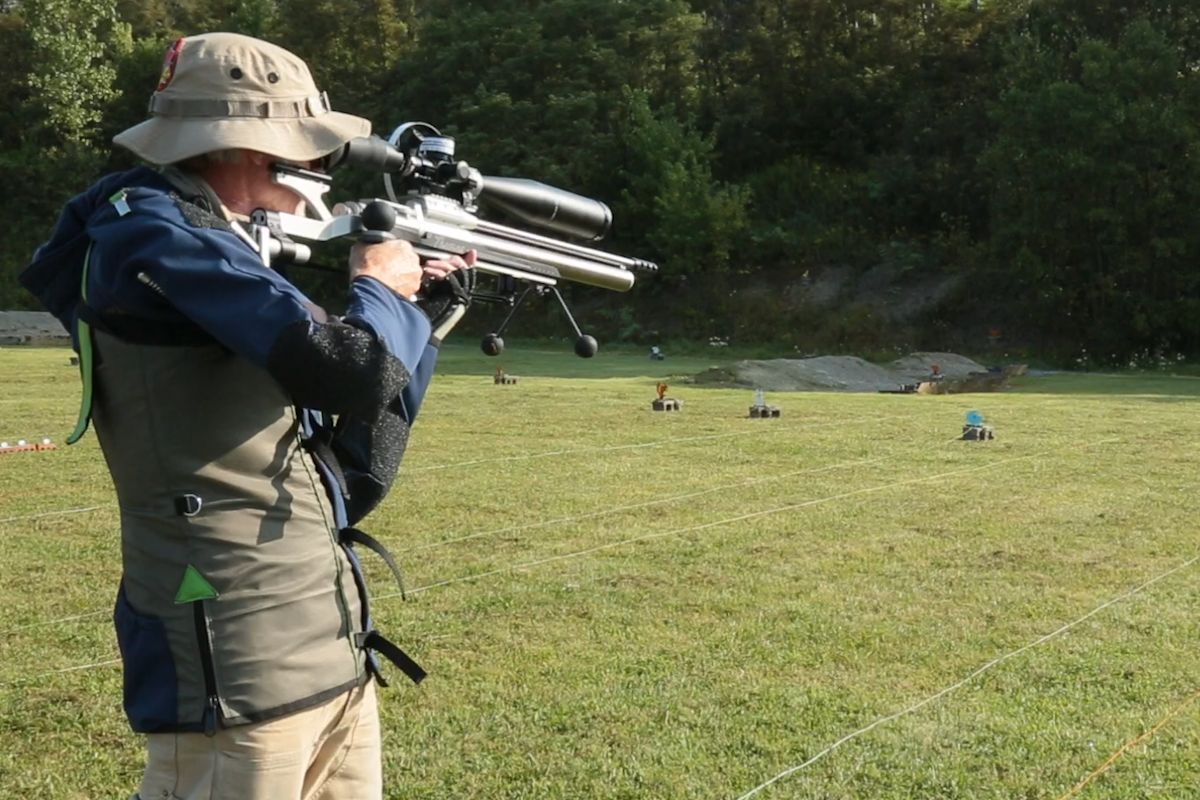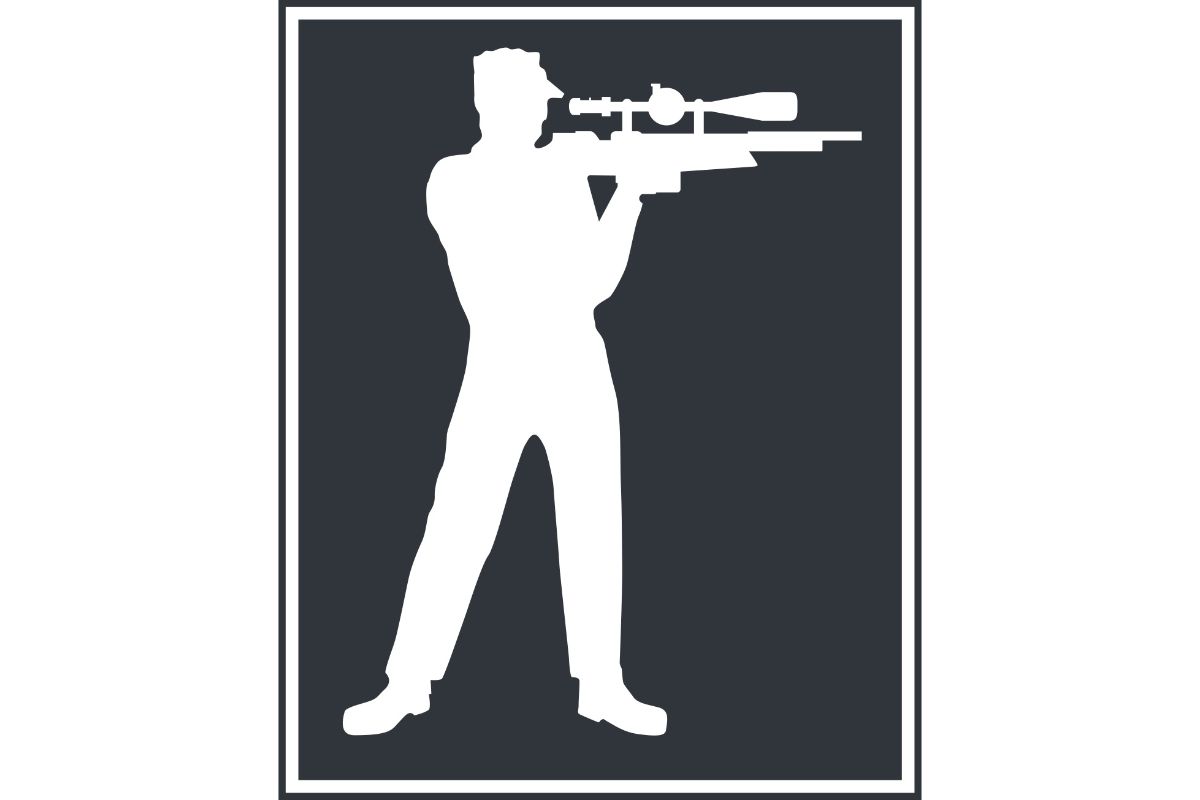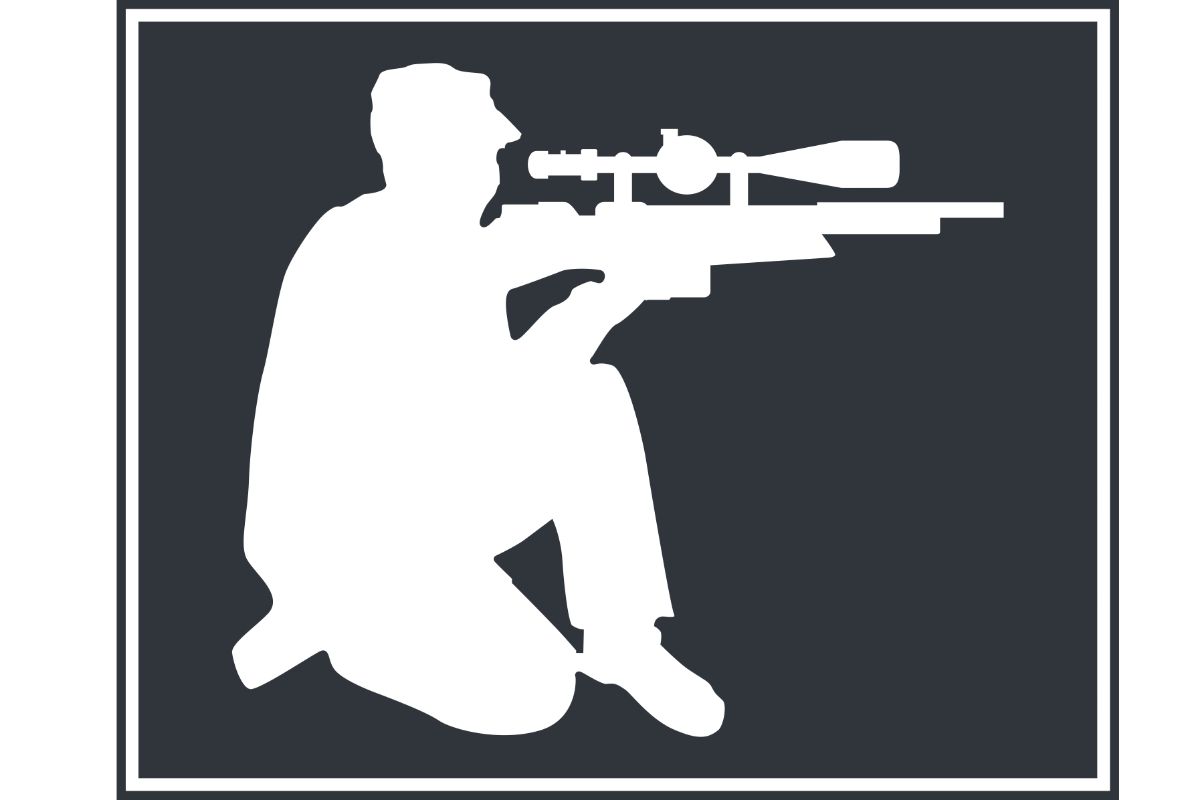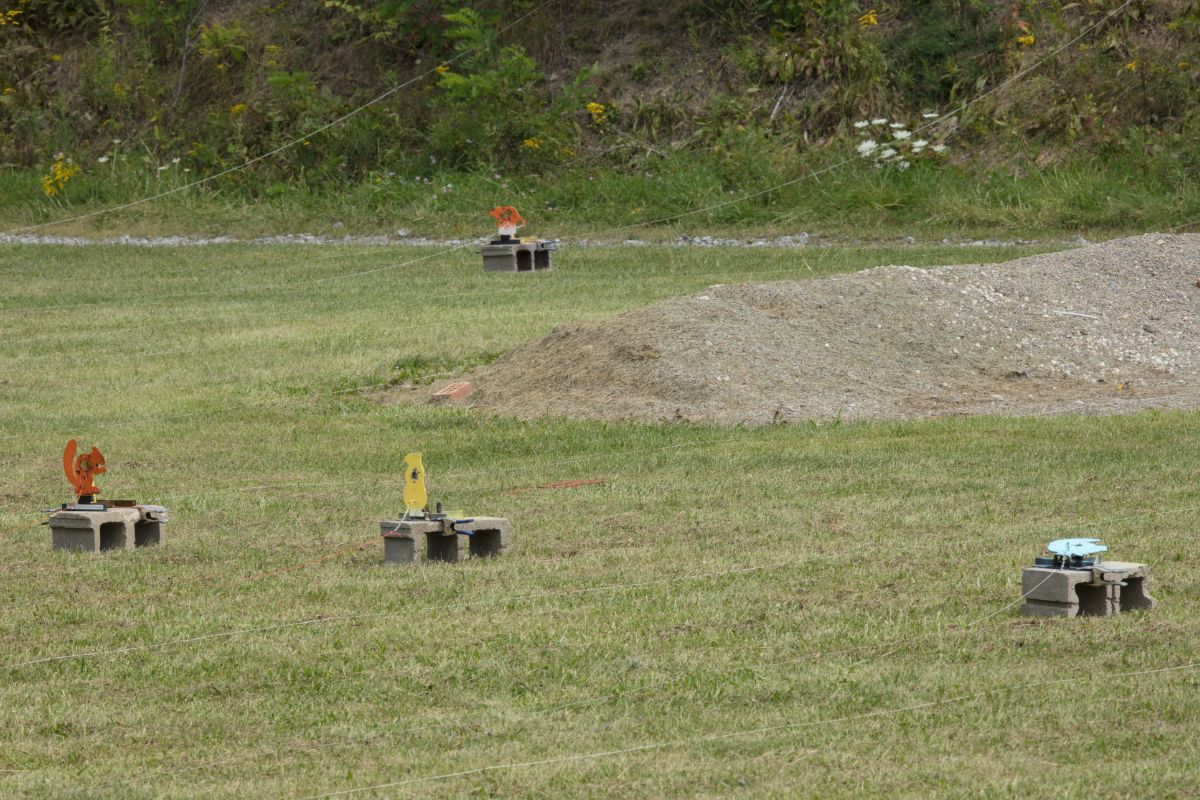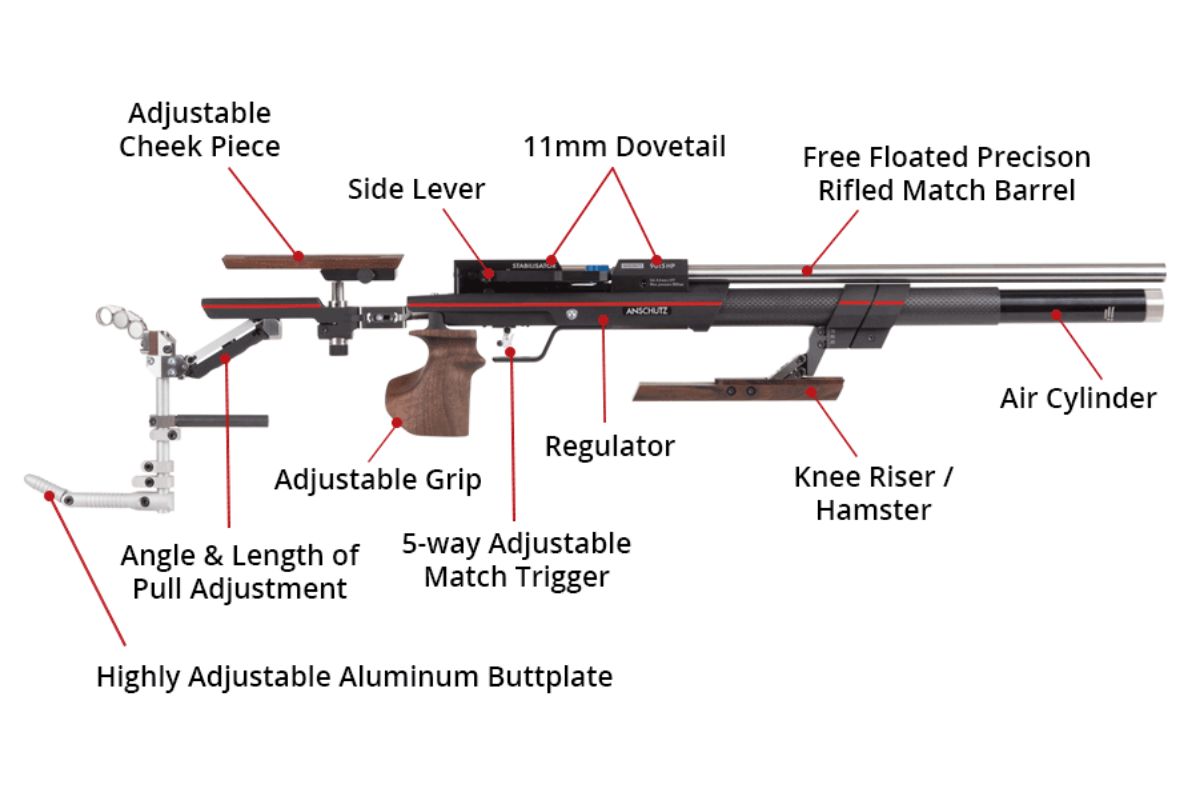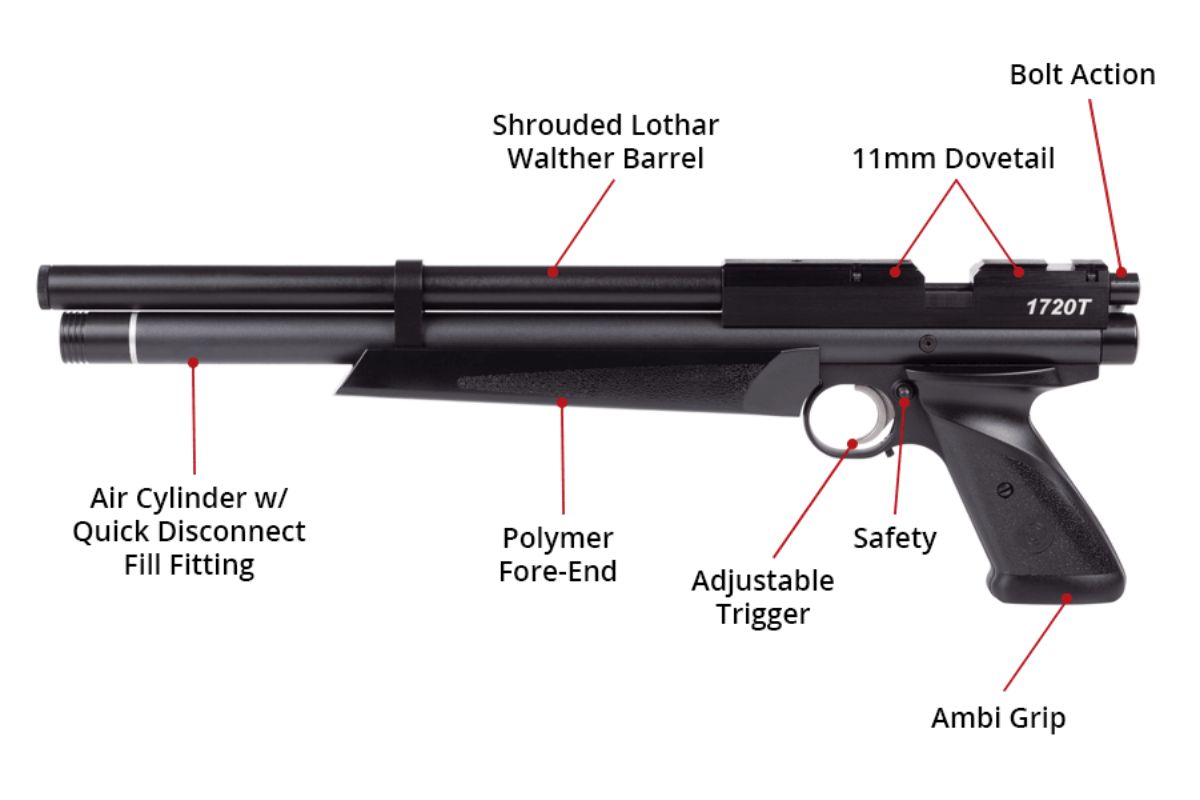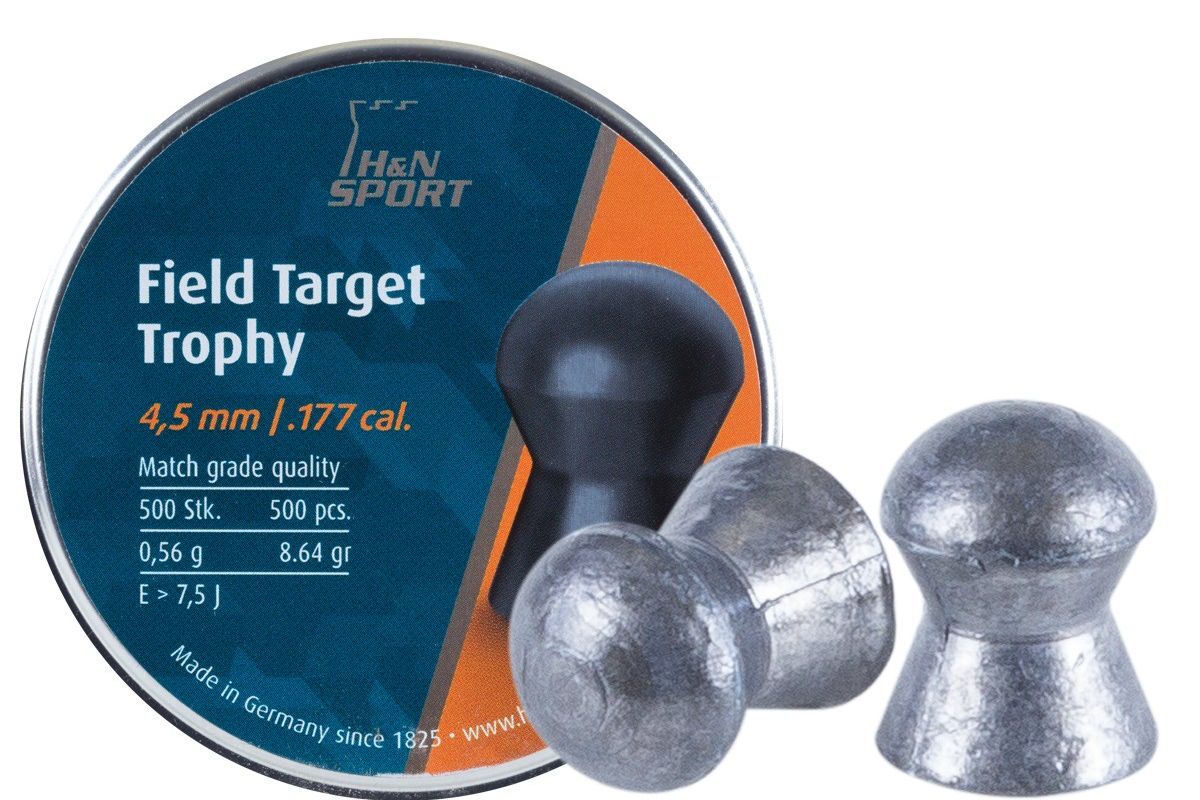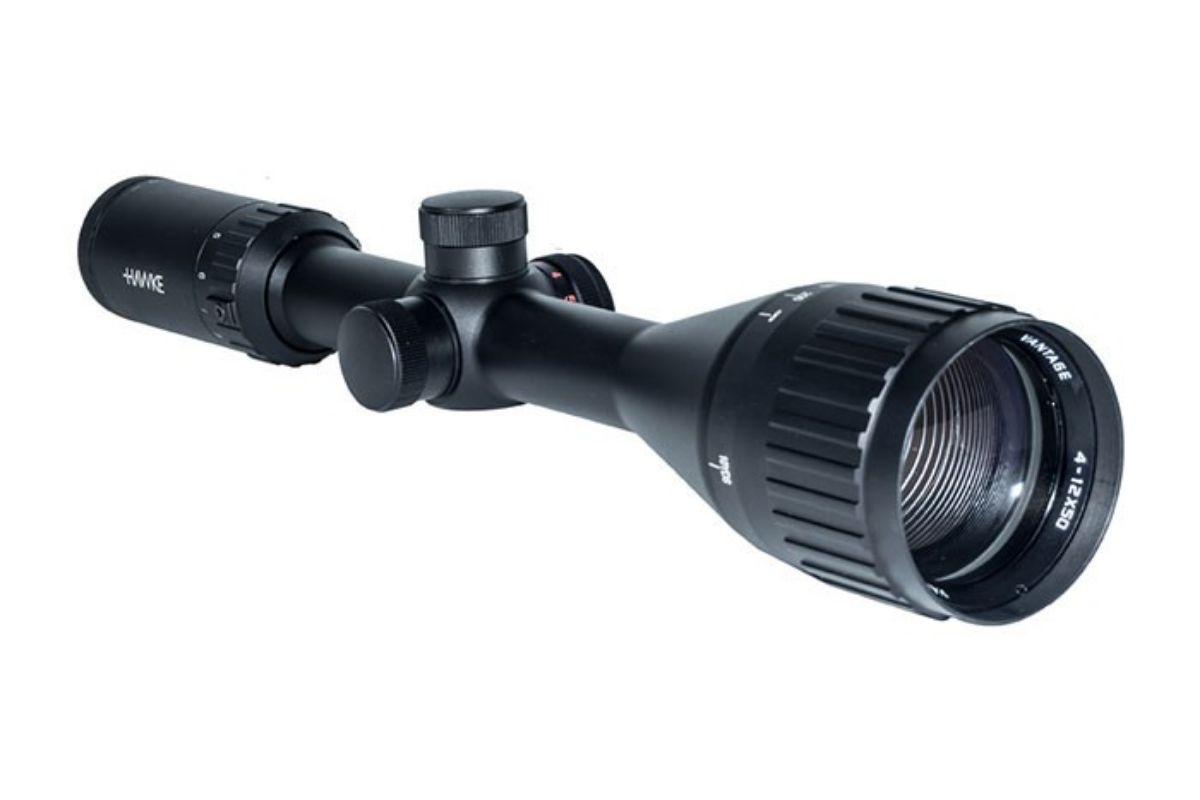Definitive Guide to Field Target
Field Target Shooting started in 1980 in the United Kingdom but then spread all over the world as popularity increased. Increasing in size to a scope of over 40 nations, they hold annual competitions ranging from a local level to world championships. But in the end, it's all about having a great day shooting with your field target friends.
The basic concept around field target competitions is to create simulated hunting scenarios that require shooters to hit kill zones that vary in size. They do this at varying angles and at different distances.
Field Target shooting is about reading the range to the target and adjusting your aim based on the pellet's trajectory from 10 to 55 yards. Shooters must be capable of grouping shots in as little as 3/8" at short distances, and 1.5" at the longest range. Airguns are about precision and Field Target Competitions are a test of a shooter's skill. There are so many areas to field target shooting that require your equipment, mind, and body to be ready. But in the end, it's all about having a great day with your friends.
History
After starting in the United Kingdom around 1980, the sport grew exponentially and is now shot in over 40 nations across the world. The first world championships were held in 1991 with competitors from the UK and the United States, but within the last 30 years, it has grown to include over 40 countries that are members of the World Field Target Federation (WFTF).
Each nation has its own member clubs which will hold local, regional, and national competitions for their respective country. In the United States, the governing body for Field Target is the American Airgun Field Target Association (AAFTA). The organization comprises over 45 member clubs in 21 states.
Basics
In the United States competitions are split into three distinct divisions. They are Open, Hunter and WFTF. The divisions are based on the two permitted power plants, Piston and PCP (Pre-charged pneumatic). Each division has unique rules and restrictions in place to create a unique challenge for competitors.
You can get a full rules guideline for any of the divisions at AAFTA or WFTA. There you will find official rules, by-laws, and printable targets for practice.
Locally hosted competitions may add in other rules and restrictions, or even full divisions to meet the level of expertise, age group or any other criteria they feel may be necessary. This may also be reversed if there aren't enough competitors in a division and the local club may consolidate divisions into each other. There is a class for everyone from the most competitive, to the beginner.
Competitions
The three divisions are made to promote fair and safe competition. They are broken down into:
- Open
- Hunter
- WFTF
There are common rules set for all divisions which are determined by AAFTA. One of the most important distinctions is the allowed power of the rifles in each division. In the Open and Hunter division, competitors may use rifles that produce up to 20 foot-pounds of energy. In the WFTF division, the rules are made to mirror the international standard that competitors may experience at a World Championship event, and the power allowed is up to 12 foot-pounds of energy.
The Hunter division is the largest division in the US and is considered the easiest division to get started in. The scope magnification is limited to a maximum of 16x and no windage or elevation adjustments of the scope are allowed during the match. This makes range-finding targets more challenging. Shooters are allowed to use a set of shooting sticks or a monopod to support the gun and can choose a seat of any height to shoot from so long as it doesn't have a back.
The Open division is your "anything goes" division. Shooters are allowed a scope of any magnification, various supports on the rifle to assist with stability, and they may use straps or a harness to help maintain their shooting position on each lane. The Open division typically produces very high scores and tight competition as it affords competitors the opportunity to customize their equipment to their specific needs.
The last division is the World Field Target Federation division or WFTF for short. These are going to be regulated based on the international WFTF rules and guidelines. Rifles shall not exceed 12ft-lb of energy measured at the muzzle and no harnesses or straps are permitted. Adjustable rifle stocks are allowed, but nothing may be added or removed from the gun during the match. A single rifle sling may be used to steady the aim if used in a prone, kneeling, or standing position. WFTF is usually hotly contested as shooters in this division often have hopes of shooting for the United States at the next World Championship.
This competition will also include forced shooting positions. These positions are standing and kneeling. The difficulty of these shots is that the gun must be solely supported by the shooter. These shots are typically where matches are decided for top competitors. Shooters that can hold their nerve and maintain consistency through their forced position shots will typically find themselves near the top of the scoreboard.
Standing positionKneeling position
You will see these signs around the competition field. These will tell you what stance the target is set up for and any other differences by the use of different color schemes.
There is also the national Grand Prix. Grand Prix competitions are two-day events intended to promote travel to different clubs and regions. Competitors that shoot in enough Grand Prix level matches compete for the title of Grand Prix Champion in their division, which is awarded each year at the Nationals.
There are also competitions focused on air pistols only. They are smaller competitions with their own set of rules and regulations to abide by. The maximum muzzle energy is capped at 12 ft-lbs. Barrel length is limited to 15 inches including any attachments and the total length of the pistol must not exceed 25 inches. And the max target distance is just 35 yards.
There are standing shots in pistol field target as well, where the pistol must be solely supported by the competitor's body. Like rifle competitions, the pistol is broken into different divisions. Hunter allows shooters to use a higher seat and shooting sticks or a monopod for support and Limited requires shooters to support the gun with their own body throughout the match.
Equipment
Normally when you show up to a field target competition you are going to see a bunch of different air rifles and you'll want to know exactly what you'll need to bring. Most competitions have a basic set of equipment guidelines, but each division will have its own rules and regulations.
The most common rifles are going to be very similar to each other and have similar features. Like precision rifled barrels, regulators, and adjustable match triggers. A full broken down Anschutz 9015 HP showing you each and every part that a usual field target competition rifle will have.
The use of more than one airgun is not permitted during a match. Which is for the balance of the competition. You don't want someone able to swap rifles in between shots. But there are considerations for weapon malfunctions.
There are also very similar options when it comes to a Field Target pistol as well. Most will come with an adjustable trigger, a Lothar Walther barrel, and will be a bolt action. A full anatomical breakdown of the Crosman 1720T shows all the individual pieces of field target pistols.
The most important is a safe airgun of any power plant, shooting a single pellet. The most common caliber size is going to be .177, but other calibers are allowed as well, so long as the rifle produces less than 20 Foot Pounds of Energy at the muzzle. The H&N Field Target Trophy pellets are some of the best available today.
Scopes with a maximum magnification of 12x are allowed. A Hawke Vantage or something similar are going to be seen all over competition fields. Other than a scope mounted on the airgun, no separate range-finding device may be used. Non-electronic wind indicators attached to the gun are allowed like a string or feather. So you can keep an eye on the wind changes since you need to make corrections for wind quickly while shooting.
You'll see all kinds of accessories during a shoot. Some competitors wear shooting jackets for extra support, some use shooting gloves as well. Slings are a common accessory as well. Many shooters create customized attachments to personalize their equipment and aid them in shooting.
These are just a base of the usual set of equipment but each division and competition may have different rules on what is and isn't allowed. Check with your match director to verify what is allowed and not.
Summing Up
So why do we care about Field Target Shooting? It is a great sport for all ages and experience levels and a great social competition. As a sport that is growing, there are clubs across the globe holding matches and awaiting new members. You can check out your local clubs on either AAFTA or WFTA and find one closest to you. With over 80 clubs in 40 nations, there is a perfect place to start your Field Target career right down the road.
